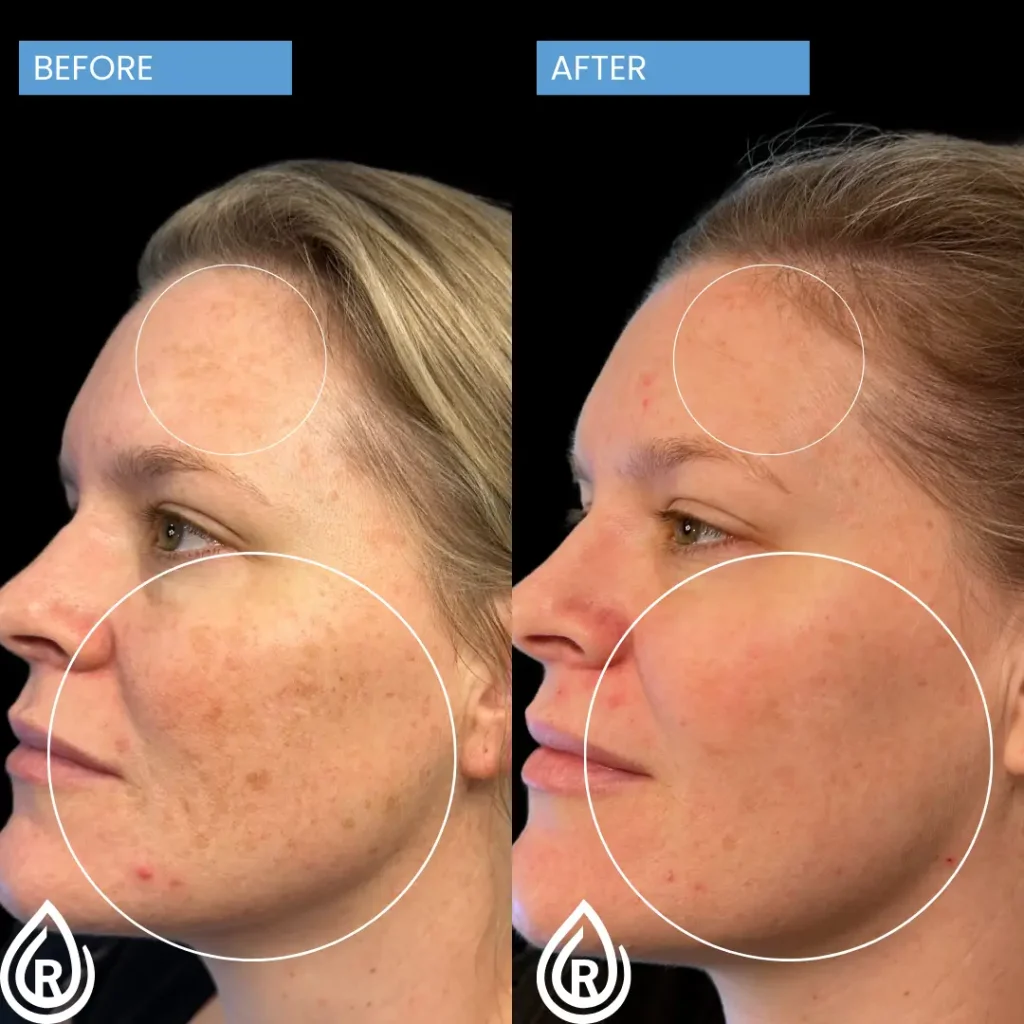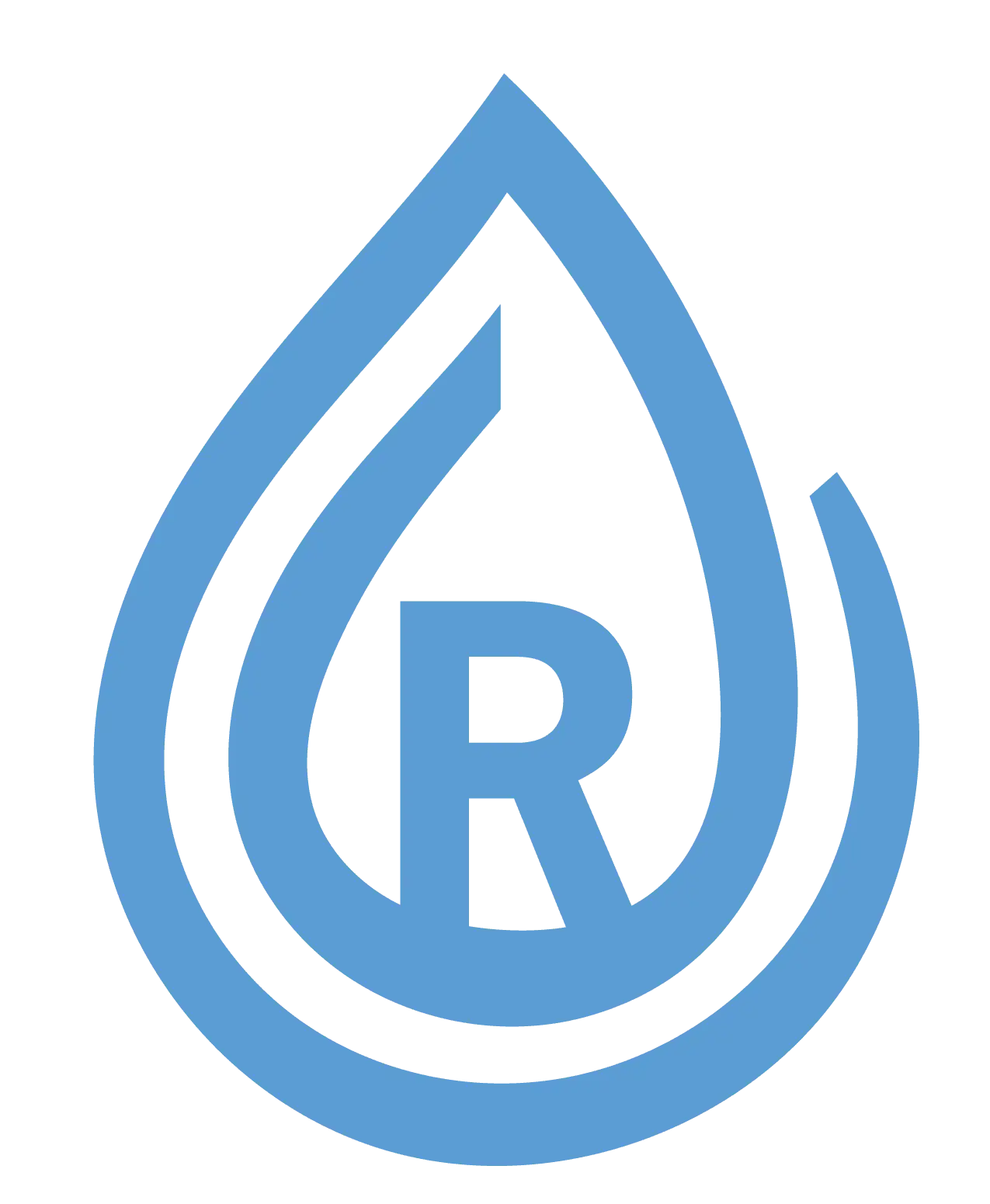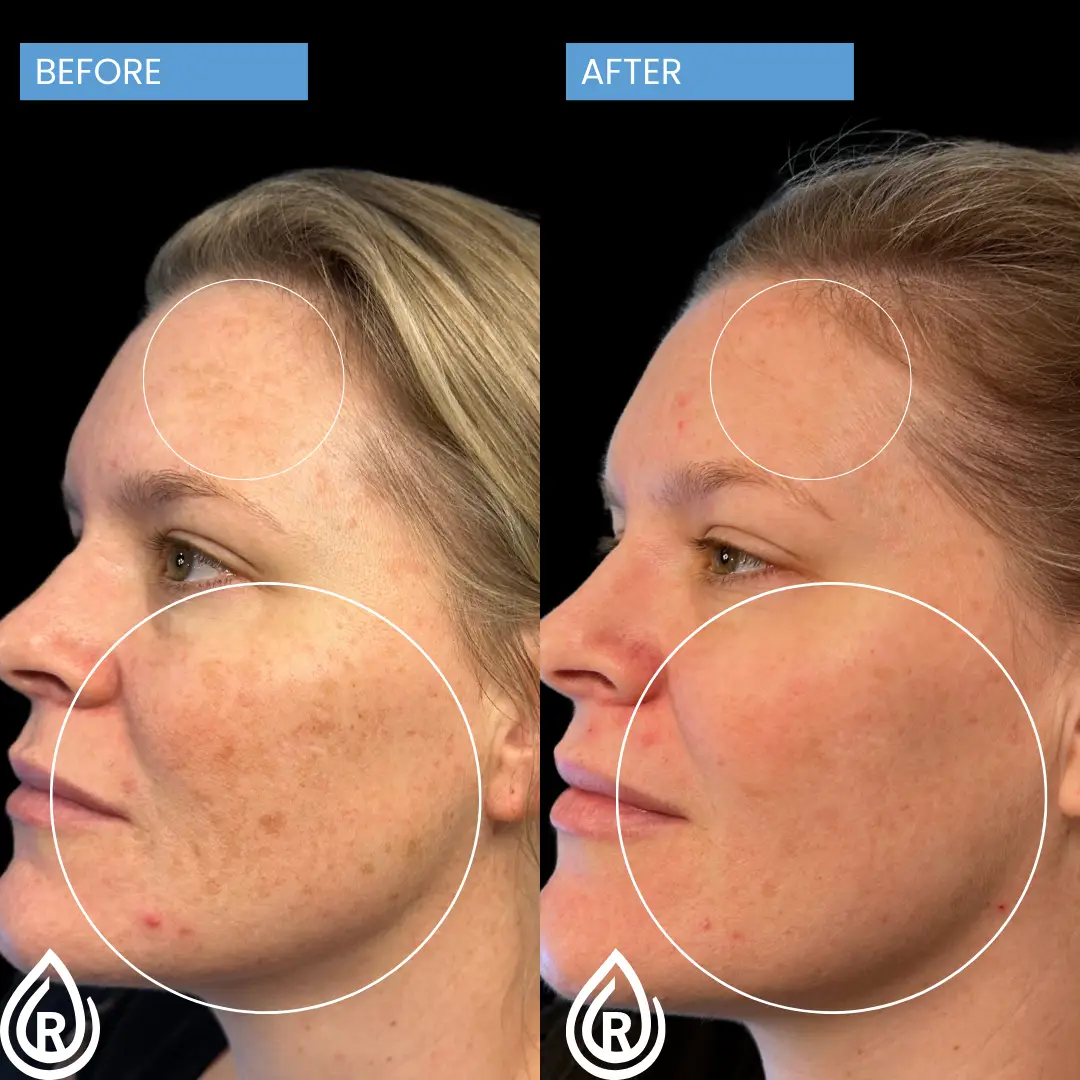Among the many aesthetic innovations transforming skin rejuvenation, photofacials are a highly sought-after non-invasive treatment for reducing age spots and freckles. Particularly for those seeking to improve skin tone and clarity, photofacial service has become a go-to solution. Using the power of intense pulsed light (IPL), this treatment reaches deep within the skin without damaging its surface, offering a precise and efficient way to treat pigmentation issues while improving overall skin health.

What Causes Age Spots and Freckles?
Age spots, also called liver spots or sunspots, typically appear as flat, brown, or black marks on sun-exposed areas such as the face, hands, and shoulders. They form as a result of prolonged exposure to ultraviolet (UV) light, which accelerates melanin production. Over time, this excess melanin clusters in the skin, resulting in visible discoloration.
Freckles, on the other hand, are usually smaller and appear earlier in life, particularly on individuals with lighter skin tones. While they can fade with age or reduced sun exposure, freckles are similarly influenced by genetics and sun-induced melanin activity.
Both conditions are harmless but are frequently viewed as cosmetic concerns by those who desire an even, youthful complexion.
How Photofacials Work on Pigmented Lesions?
Photofacials utilize IPL technology that emits multiple wavelengths of light, targeting pigment-producing cells in the skin. When the broad-spectrum light reaches the darker melanin clusters that form age spots and freckles, it is absorbed and converted into heat. This thermal energy breaks down the pigmentation into smaller fragments, which are then naturally flushed out through the body’s lymphatic system.
Unlike laser treatments that use a single wavelength, IPL’s flexibility allows it to address varying depths and sizes of pigmentation. This makes it particularly effective for treating both shallow freckles and deeper age spots in one session, often with minimal recovery time.
The Science Behind IPL Light Energy
The light energy from IPL devices is carefully filtered to match the chromophores (color-containing cells) in the skin. When the light reaches these areas, it selectively targets melanin without affecting surrounding tissues. This selectivity is what makes photofacials so effective and safe for those dealing with uneven pigmentation.
As the treated pigment breaks apart, the body’s natural processes clear the damaged melanin over the course of several days. The result is a gradual lightening or disappearance of the spot or freckle, leaving behind clearer, more uniform skin.
Immediate and Long-Term Effects
After the initial session, many clients notice a temporary darkening of the targeted spots. This is expected and indicates that the pigment is breaking down. Over the next week, the darkened spots begin to flake off or fade, revealing a more even complexion underneath.
With multiple treatments spaced a few weeks apart, cumulative benefits become evident. Not only do age spots and freckles continue to lighten, but the overall skin tone improves, redness is reduced, and fine lines often soften. Many clients also report smoother skin texture and a radiant glow, thanks to the stimulation of collagen production triggered by IPL energy.
Who Benefits Most from Photofacials?
Ideal candidates for photofacials are those with lighter to medium skin tones who experience sun-related pigmentation, such as age spots, freckles, redness from rosacea, or broken capillaries. The treatment is less effective or requires additional precautions on darker skin tones due to the higher melanin content, which can increase the risk of side effects such as hyperpigmentation.
That said, careful consultation and patch testing can help practitioners determine a safe and effective course of treatment for most skin types.
Considerations Before Treatment
A successful photofacial treatment requires careful preparation. Clients are typically advised to avoid sun exposure for several weeks before the procedure. This minimizes the risk of post-treatment complications and ensures optimal results. Skincare products containing retinoids, glycolic acid, or other exfoliants are also paused in the days leading up to the session to prevent irritation.
During the procedure, protective goggles shield the eyes, and a cooling gel is applied to soothe the skin. The handpiece delivers rapid pulses of light across the skin’s surface, which may feel like a rubber band snap, quick and tolerable.
Sessions last around 20 to 45 minutes, depending on the area being treated.
Recovery and Aftercare
One of the reasons clients prefer photofacials over more aggressive procedures is the minimal downtime. After the treatment, the skin may appear slightly red or feel warm, similar to a mild sunburn. This typically resolves within a few hours to a day. Most individuals can resume daily activities immediately, though sunscreen is strongly encouraged to protect the skin and maintain results.
Moisturizers and gentle cleansers help support skin recovery, and pigment spots may appear darker before they naturally flake off within five to seven days.
Expected Results and Frequency of Treatments
While some improvement may be visible after just one session, optimal results often require a series of three to five treatments spaced three to four weeks apart. This phased approach allows the skin to heal and respond gradually while maximizing pigment reduction.
After the full course, maintenance treatments once or twice a year can help sustain the results. Many clients also pair photofacials with other skin treatments such as microneedling or chemical peels to enhance outcomes.
Age Spots vs. Freckles: How Each Responds to IPL
Though both are pigmentation issues, age spots and freckles react slightly differently to IPL treatment. Age spots, being larger and often more deeply rooted, may require more focused energy or additional sessions. Freckles, being more superficial and numerous, often fade more quickly, especially when sun protection is strictly maintained after treatment.
It’s also important to understand that while freckles can return with sun exposure, age spots are less likely to reappear in the same place once effectively treated, though new ones may form with continued sun damage.
The Importance of a Trained Technician
Outcomes are significantly influenced by the experience and skill of the person administering the photofacial. Precise wavelength settings, pulse durations, and energy levels must be tailored to the individual’s skin type and pigmentation. An improperly calibrated IPL device can cause burns, blistering, or uneven results.
Licensed practitioners not only ensure safety but can also spot underlying skin conditions that may require a different approach. Their ability to adjust treatment parameters based on real-time skin response is what elevates the success rate and client satisfaction.
Maintaining Results Over Time
Maintaining photofacial results requires a commitment to sun protection. Even short sun exposure without protection can cause pigmentation to return. Broad-spectrum sunscreen with SPF 30 or higher, wide-brimmed hats, and seeking shade during peak hours are simple but vital habits.
Antioxidant-rich skincare, vitamin C serums, and hydrating moisturizers can further protect and nourish the skin post-treatment, extending the benefits of IPL.
Addressing Concerns and Myths
Some common myths about photofacials include:
- “It’s painful.” While there may be mild discomfort during the procedure, most clients describe it as tolerable and quick.
- “It can’t be used in summer.” Treatments can be performed year-round with adequate sun avoidance and sunscreen use.
- “It only works on the face.” IPL can treat age spots and freckles on the neck, chest, arms, and hands effectively.
These myths often stem from outdated practices or inexperienced providers. When done properly, photofacials offer predictable, beautiful outcomes for many pigmentation-related concerns.
The Psychological Impact of Clearer Skin
Beyond the physical transformation, reducing age spots and freckles often brings a significant boost in confidence. Many individuals feel more comfortable going makeup-free, and a smoother, clearer complexion often leads to better self-image. This psychological benefit is one of the reasons why non-invasive skin rejuvenation continues to grow in popularity.
Customization is Key
No two skin types are the same. Factors such as age, lifestyle, ethnicity, and sun history all affect how pigmentation forms and responds to treatment. A customized plan not only ensures safety but helps prioritize client goals, manage expectations, and deliver measurable improvement.
At Refresh, individualized care begins with an in-depth consultation to evaluate skin condition, treatment suitability, and long-term goals. This tailored approach helps deliver consistent, satisfying outcomes.
Why Choose Refresh?
At Refresh, client satisfaction begins with care and expertise. Our skin specialists are committed to delivering noticeable improvements through a safe, tailored approach to photofacial treatments. Every session is designed around your unique skin profile, using high-performance IPL technology to reduce age spots and freckles with precision.
We prioritize not just results but the entire experience—from consultation to aftercare—ensuring every visit feels supportive, transparent, and comfortable. If a more radiant, even-toned complexion is your goal, Refresh provides the professional environment and technology to help you achieve it, naturally and confidently.



